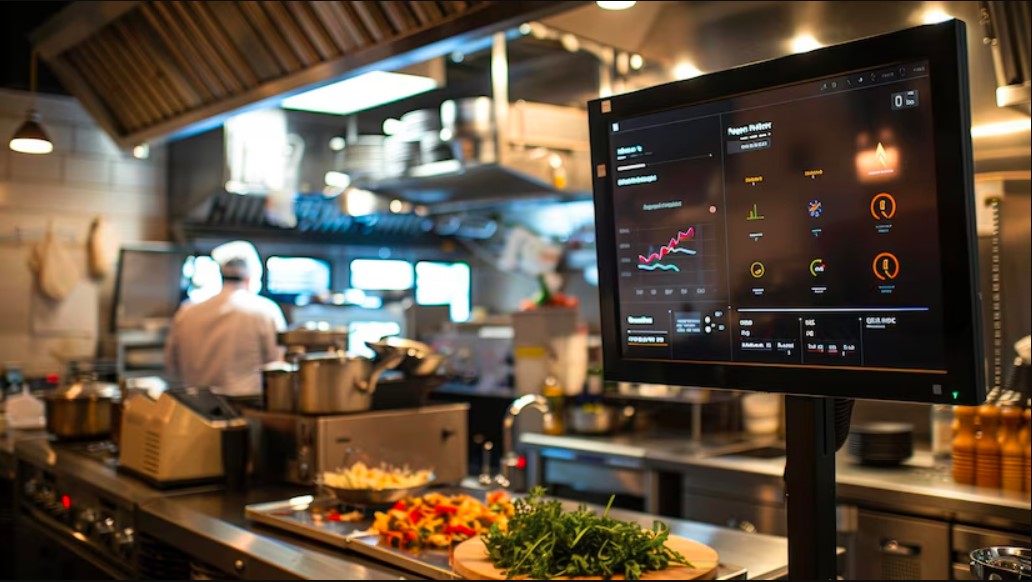Running a restaurant isn’t just about good food and great service—it’s also about smooth operations behind the scenes. From managing inventory to scheduling employees, the back office is where the magic happens. But let’s face it: doing everything manually is a recipe for stress. That’s where Restaurant Back Office Software comes in.
In this article, we’ll explore what back office software is, its features, and why it’s a game-changer for the restaurant industry.
What is Restaurant Back Office Software?
Restaurant back office software is like the brain of your operations. It’s a tool (or suite of tools) designed to handle the nitty-gritty of managing a restaurant. From inventory tracking to payroll processing, it keeps everything organized and efficient.
Key Components:
- Inventory Management: Ensures you never run out of essential ingredients.
- Employee Scheduling: Helps manage shifts, avoid overlaps, and streamline payroll.
- Analytics and Reporting: Provides data insights to help you make smarter decisions.
Why Restaurants Need Back Office Software
Think of back office software as your operational partner. It’s there to:
- Streamline Operations: Automate repetitive tasks, saving you time.
- Reduce Errors: Human errors in inventory or scheduling can cost a lot. Software helps avoid that.
- Enhance Decision-Making: Access to real-time data helps you stay ahead of the game.
Core Features of Restaurant Back Office Software
Inventory Management
Nobody likes running out of milk for that latte or discovering expired ingredients. This feature tracks stock levels, automates reordering, and ensures nothing goes to waste.
Employee Scheduling and Payroll
Tired of juggling shift swaps and calculating overtime? This feature makes scheduling a breeze and ensures staff are paid accurately and on time.
Reporting and Analytics
Data is power. Whether it’s sales trends or customer behavior, analytics features provide insights that can boost your profits.
Vendor and Supply Chain Management
Forget about chasing suppliers. Automate orders and track deliveries seamlessly.
Advanced Features in Modern Back Office Solutions
- POS Integration: Sync with your point-of-sale system for a complete overview of sales and inventory.
- Mobile Accessibility: Manage your restaurant from your smartphone.
- Cloud-Based Functionality: Access your data anytime, anywhere, with robust security.
Benefits of Implementing Back Office Software
Operational Efficiency
Software handles the heavy lifting, so you can focus on creating memorable dining experiences.
Cost Control
From reducing food waste to optimizing labor costs, this software helps you save money.
Data-Driven Decision Making
Use analytics to spot growth opportunities, like adding a popular dish or extending happy hours.
How to Choose the Right Back Office Software
When picking software, consider these factors:
- Features: Does it offer what your restaurant needs?
- Scalability: Will it grow with your business?
- Integration: Can it connect with your existing systems?
- User Feedback: Check reviews and testimonials for real-world insights.
Challenges and Considerations
Implementing back-office software isn’t all rainbows. Be prepared to:
- Invest in setup and training.
- Ensure staff is comfortable using the software.
- Protect sensitive data from cybersecurity threats.
Future Trends in Back Office Software
The future is exciting, with trends like:
- AI and Machine Learning: Automating complex tasks like demand forecasting.
- IoT Integration: Smart devices that sync with your software.
- Enhanced Security: Better measures to keep your data safe.
Case Study: Success Stories
Take XYZ Restaurant, for example. They implemented back office software and reduced food waste by 25%, streamlined payroll, and improved their bottom line.
Conclusion
Restaurant Back Office Software isn’t just a luxury; it’s a necessity in today’s fast-paced industry. Whether you’re running a small café or a multi-location restaurant, the right software can save time, reduce costs, and drive growth.

